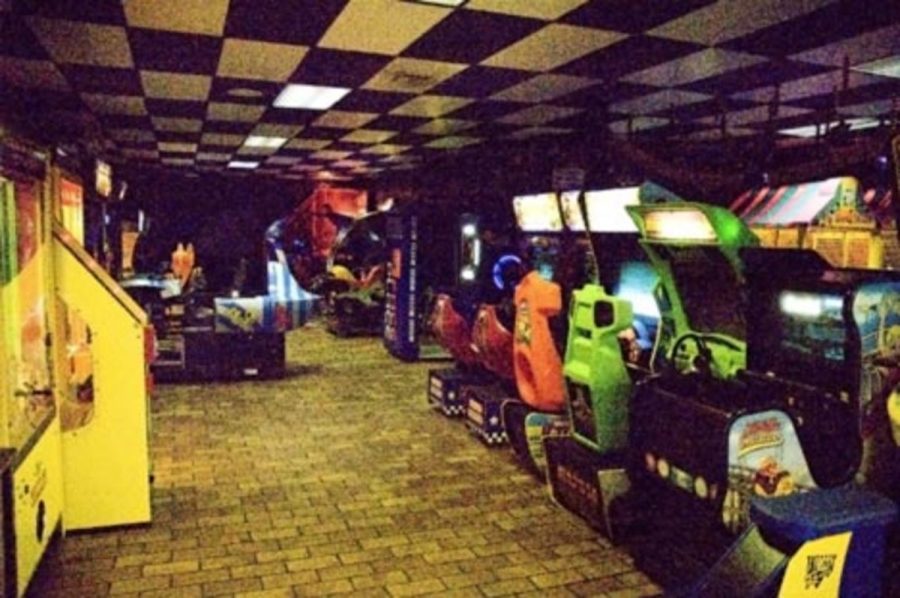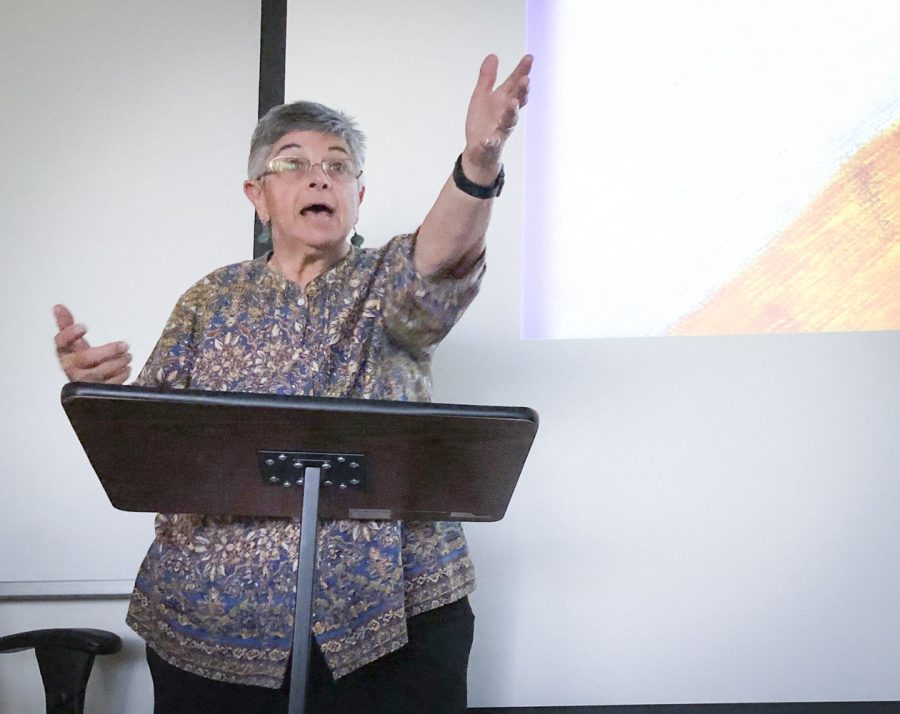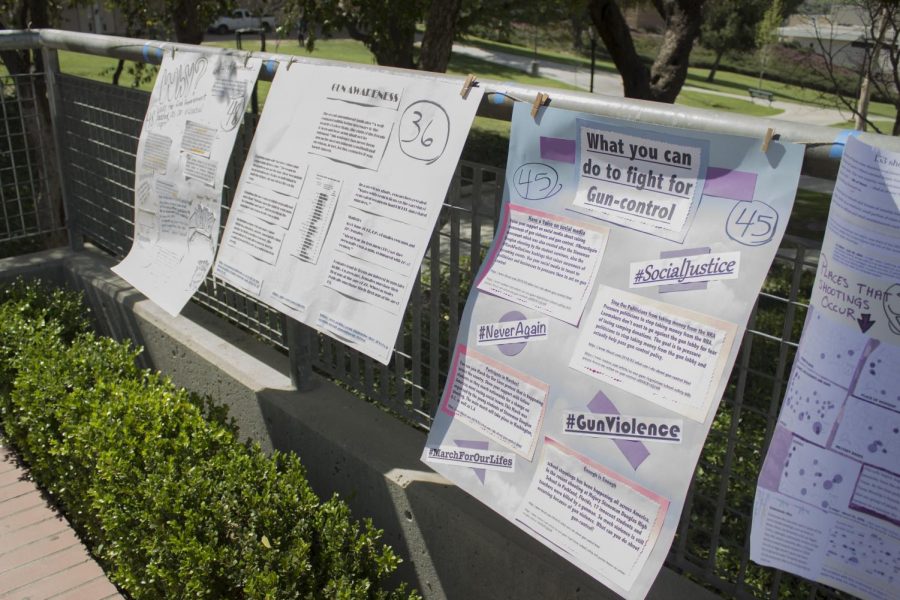Most people think of video games as merely a pastime, but a Southern Californian gamer recently took his hobby one step further and earned over $1,000 in cash and prizes by being an expert “In the Groove” player.
Omid Farivar, 18, of Palo Alto, loves playing “In the Groove,” and for most gamers, simple enjoyment of a game is enough.
Farivar, however, has worked hard and trained regularly to become one of the best “In the Groove” players in Southern California, and is now $1,037 richer after placing first in a December tournament, called “PSM Gamma,” held in San Bernardino.
“It was surreal,” recalls Farivar. “At first I didn’t believe it, but when I opened up the envelope and saw those $100 bills, it was astonishing.”
Earning over $1,000 in cash and prizes by being one of the best players of a certain video game may sound like an easy way to put coins in one’s coffers, but don’t be fooled: if elite player Andrew Horton, 22, of Roseville, is any indication, it takes serious dedication of one’s own resources to get good enough to start winning money. Horton has been playing “In the Groove” and its predecessor, “Dance Dance Revolution,” for over five years now, and knows well the kind of time and money investment it takes to become an elite player.
“It’s a gamble,” says Horton. “If you get lucky you can win enough money back in a tournament to make up for the training and practice it took to win that particular tournament, and if you start hitting the higher payoffs you make back your earlier training.”
Horton continues, “I guess it’s kinda like a doctor trying to pay off med school.”
To stay on top of both his game and the competition, Farivar practices up to ten hours a week, spread out over two or three days. That practice isn’t free, either.
“In the Groove” is a coin-operated arcade game, and one play typically costs anywhere from $.50 to $1 One play, in turn, usually consists of three songs that last about two minutes each.
Anyone can see that becoming a top-tier player requires a considerable time and money investment.
Not every tournament yields such lofty first-place payoffs, either.
Even though he won over a grand at “PSM Gamma,” Farivar is quick to point out that tournament as the only one to have ever had anywhere near that kind of payoff, though there will likely be more of that caliber in the future.
Most tournaments have a more humble first-place payoff, however, they rarely total over $300.
Even if the money and recognition still sounds like a big draw, Farivar claims that when you’re playing at his level, it’s more about the love of the game and having fun more than anything else.
Justin Kuret, another “In the Groove” player and a friend and rival of Farivar’s, agrees. In fact, Kuret, 19, of Oceanside, has temporarily retired from tournament-level competition for that very reason: he’s not having fun.
“Competition or not, it still comes down to having fun,” says Kuret. “You still need to play regularly to keep your skill and keep others from reaching your level, and I stopped enjoying doing that, even though I can still make some money from the game.”
Kuret will likely re-join the tournament scene when the newest version of the game, “In the Groove 3,” hits arcades later this year in November.
For now, however, Kuret is burned out on the current and past versions of the game, and is in turn focusing on other aspects of his life, including having a social life not related to the game and being a college student.






